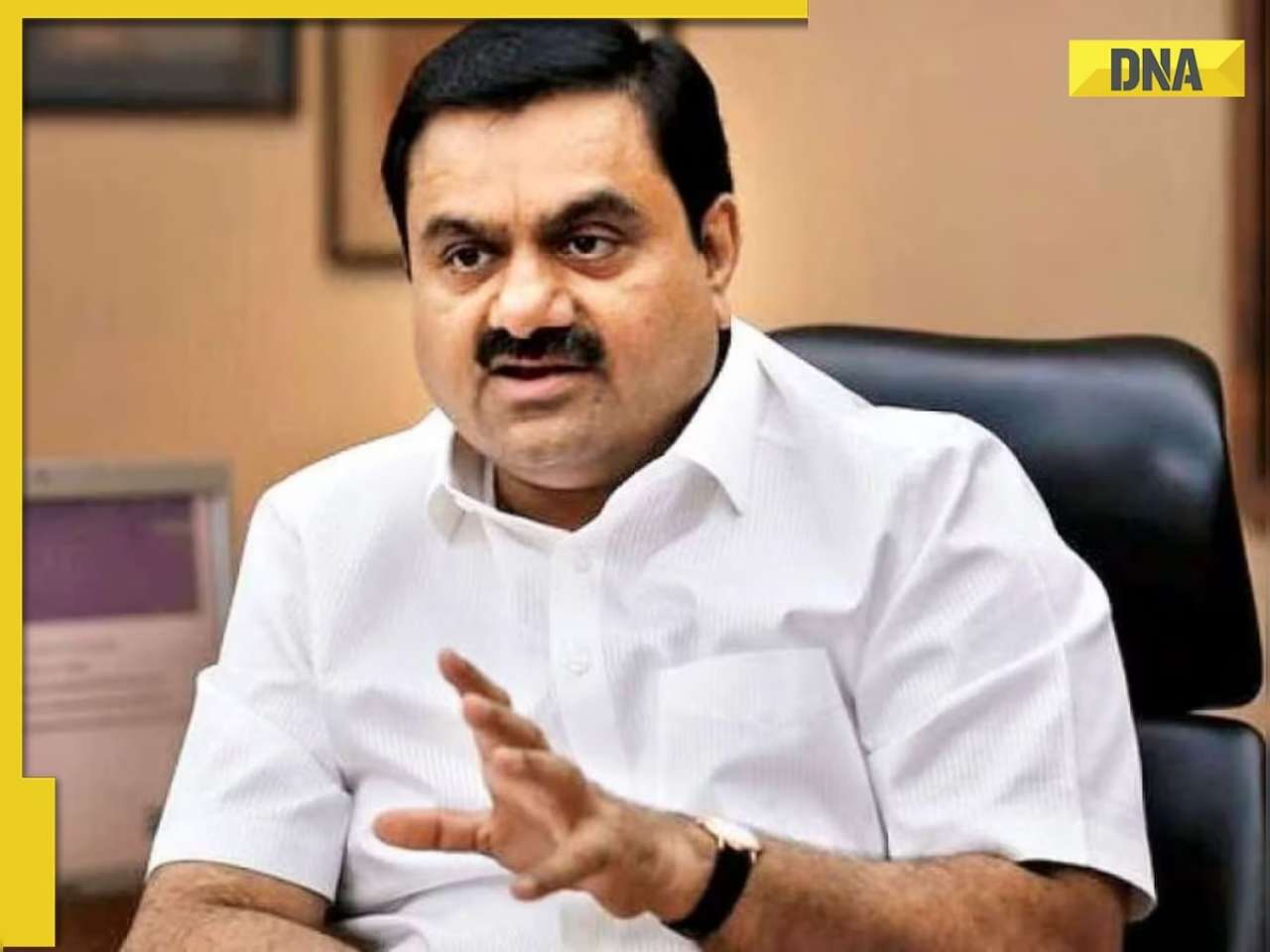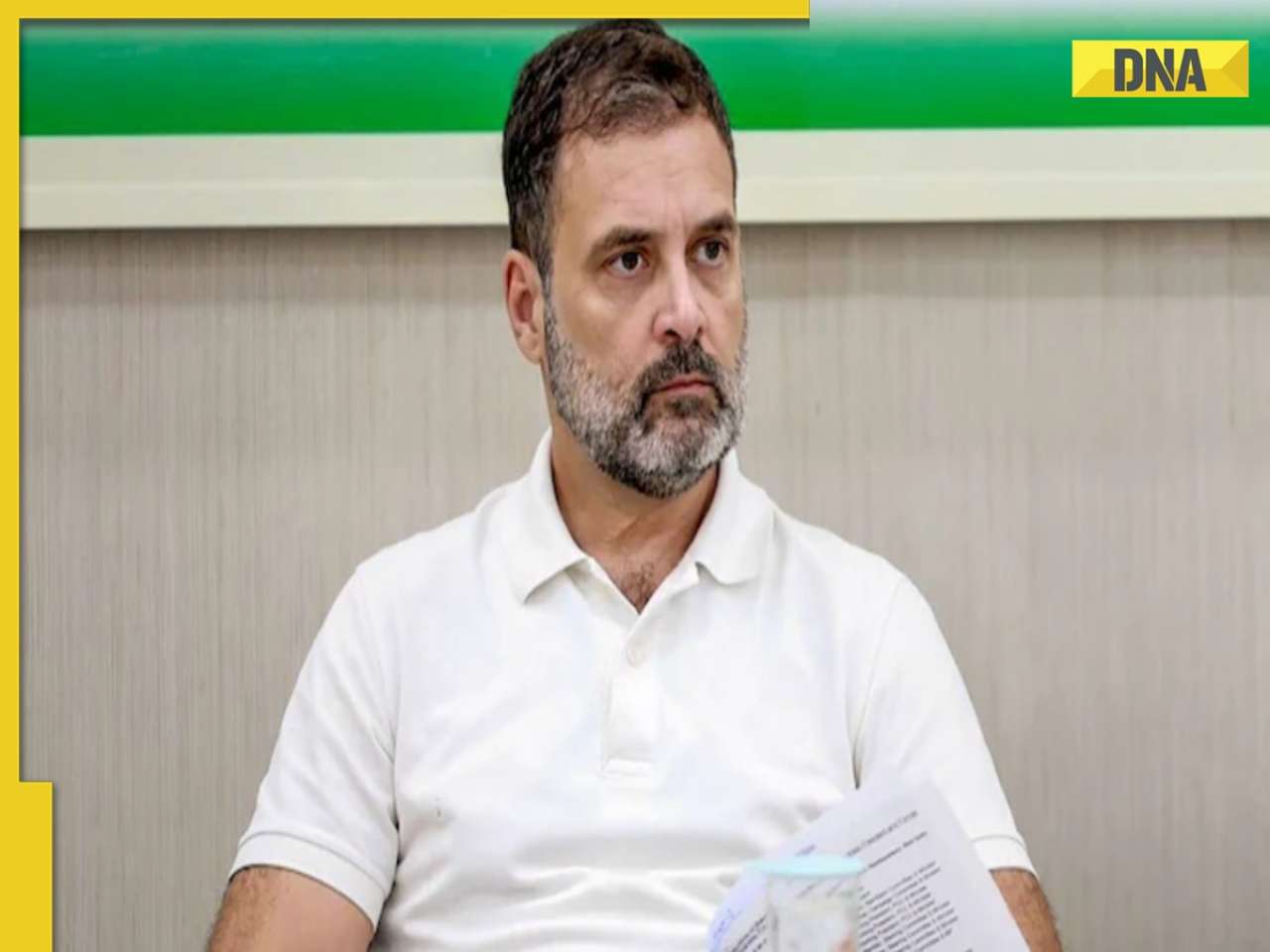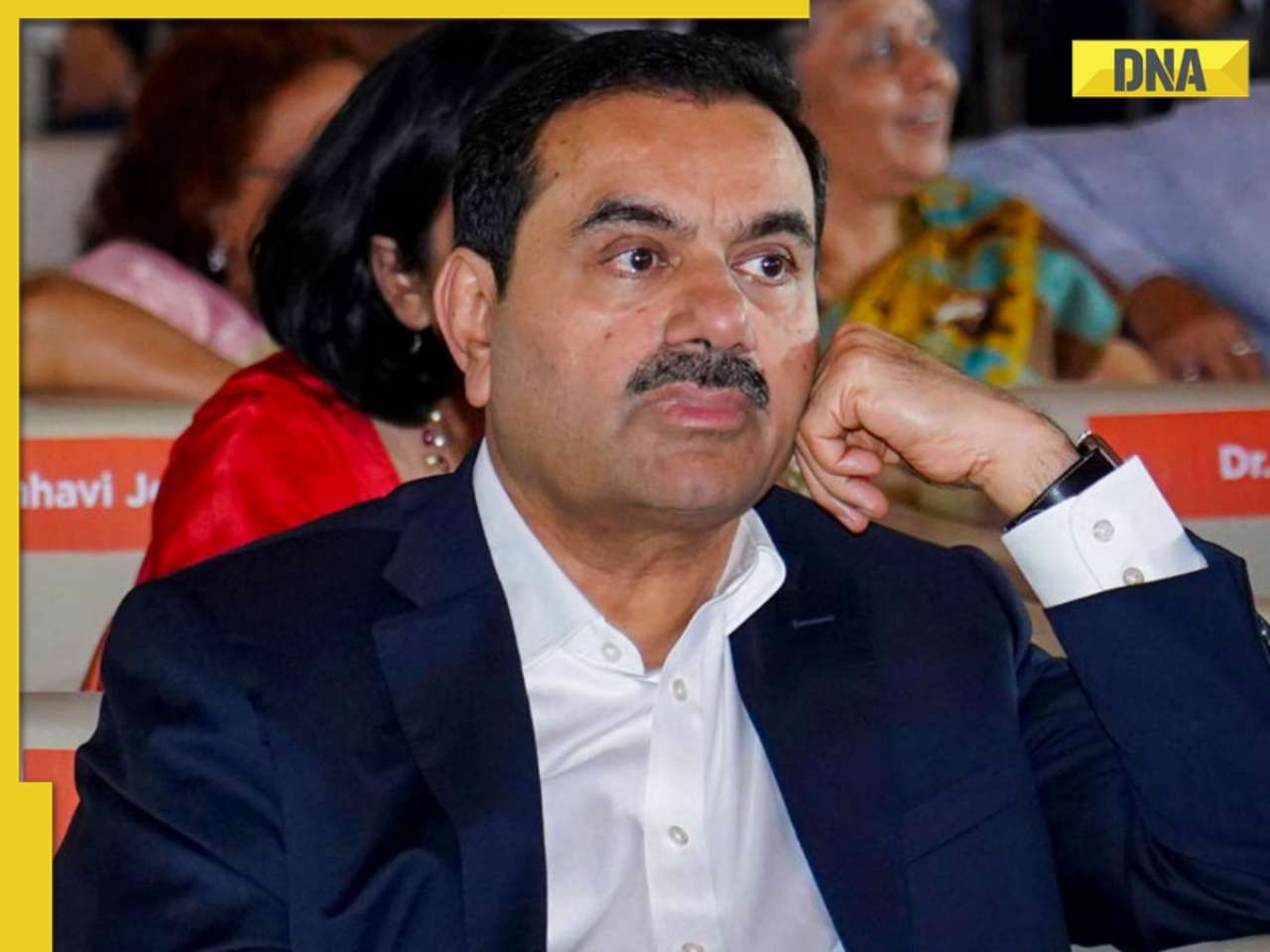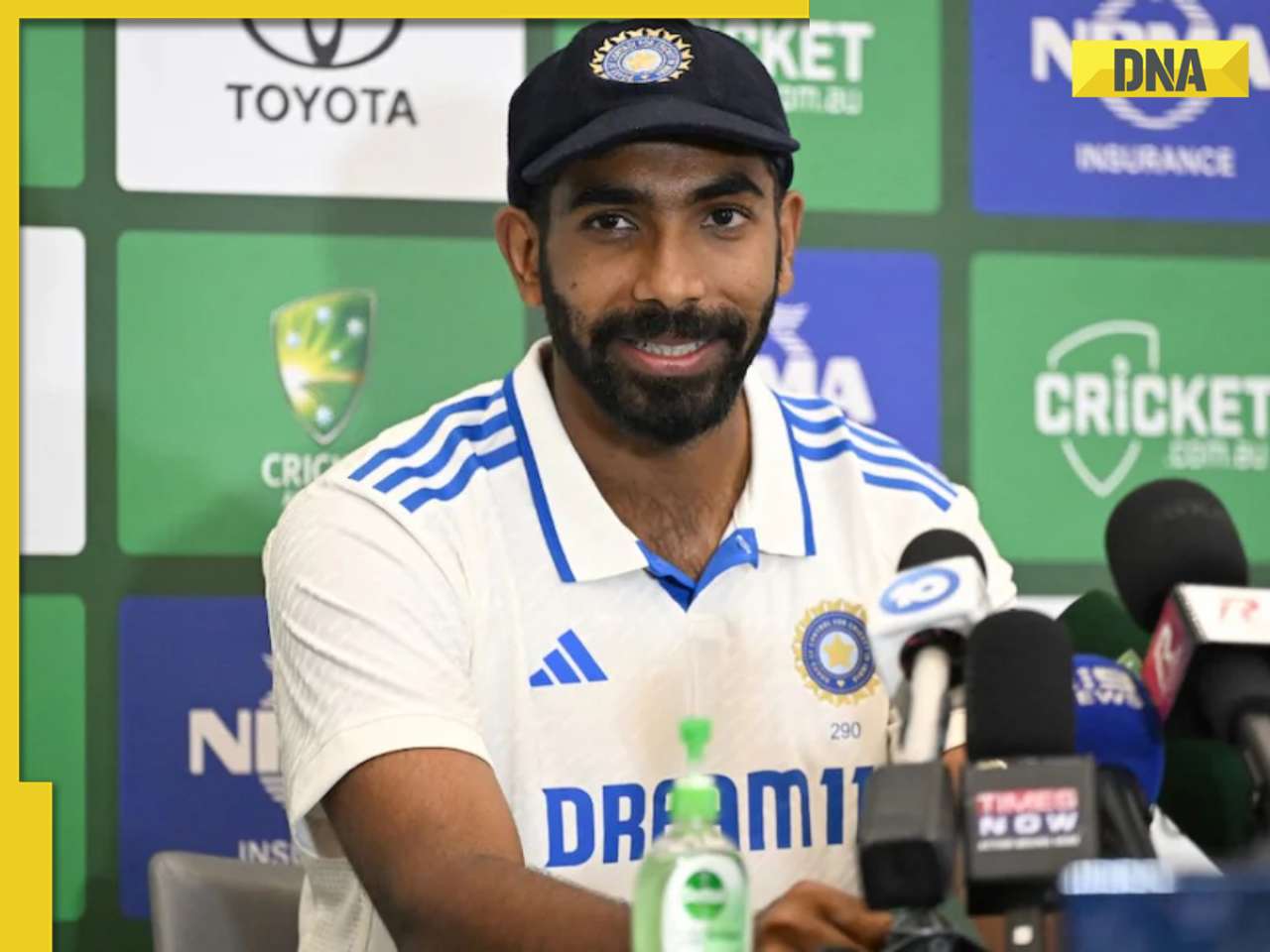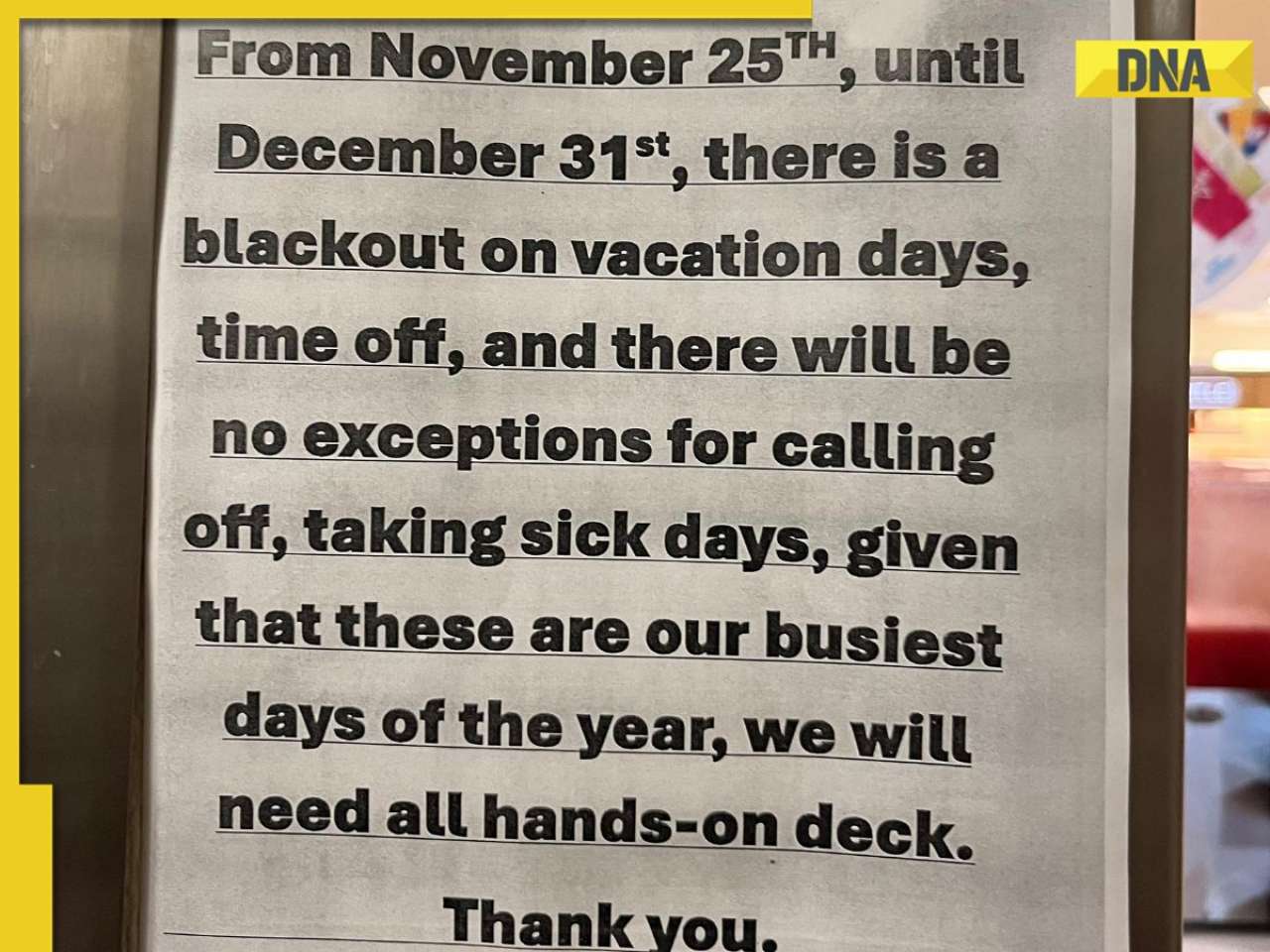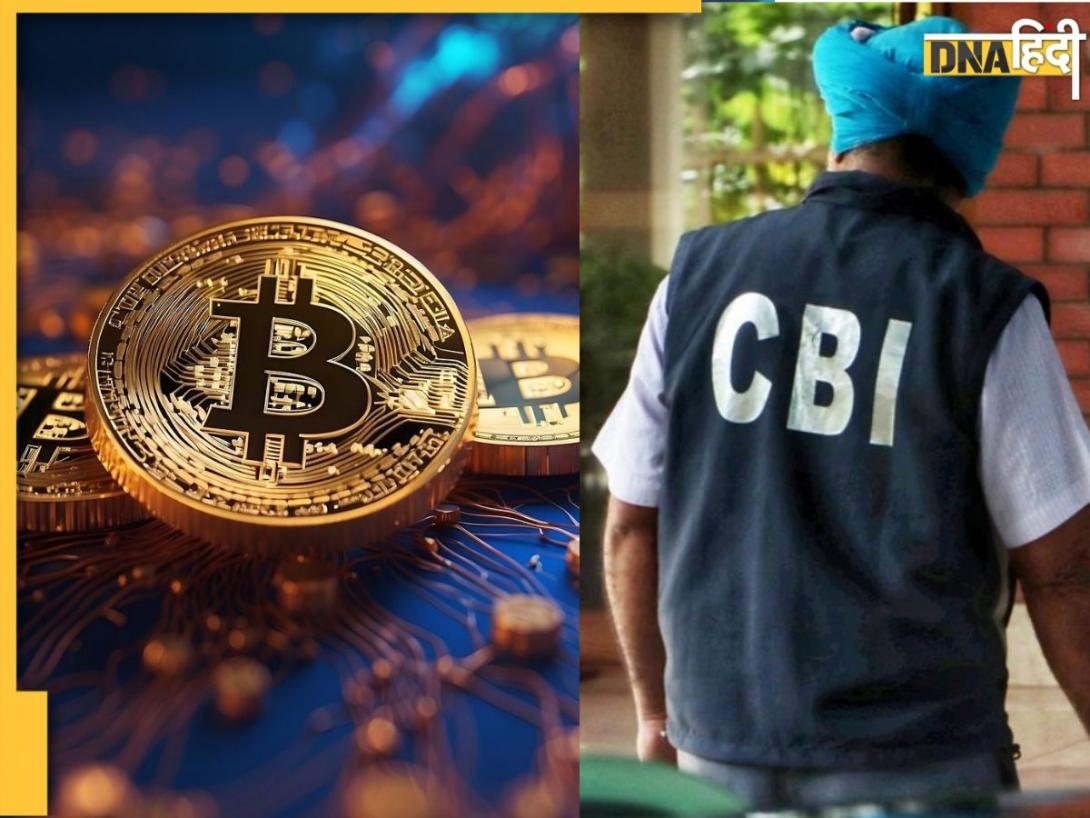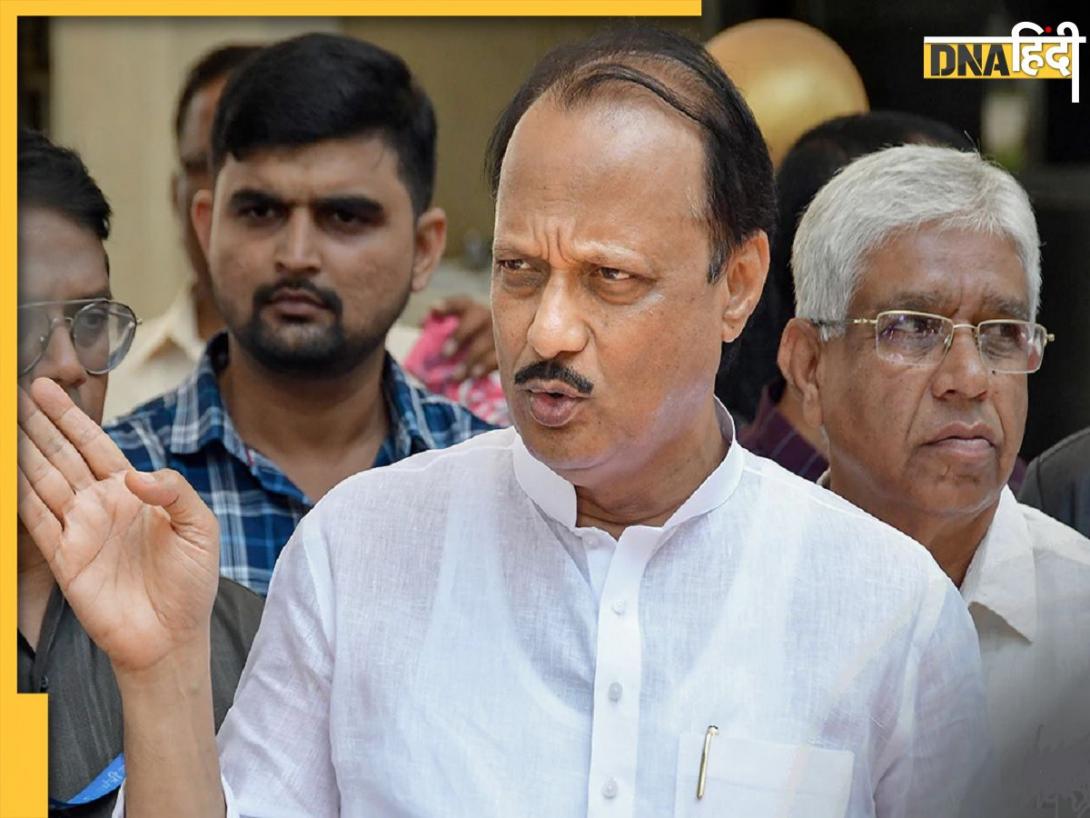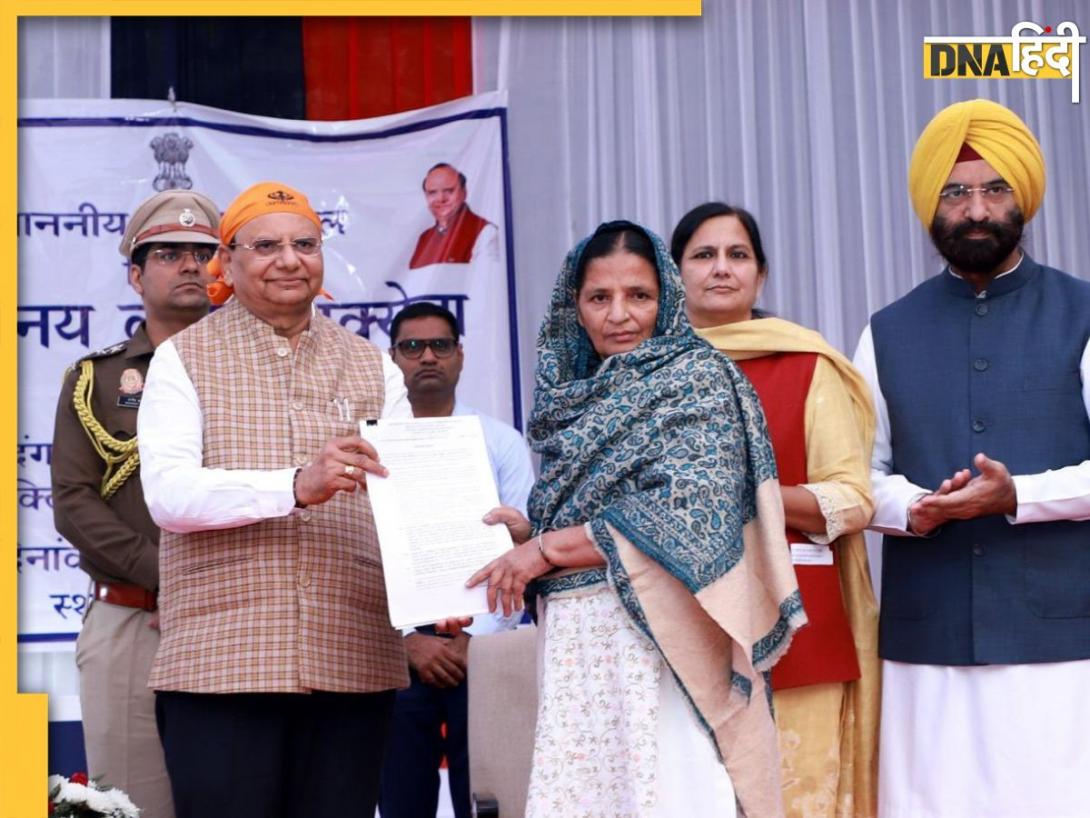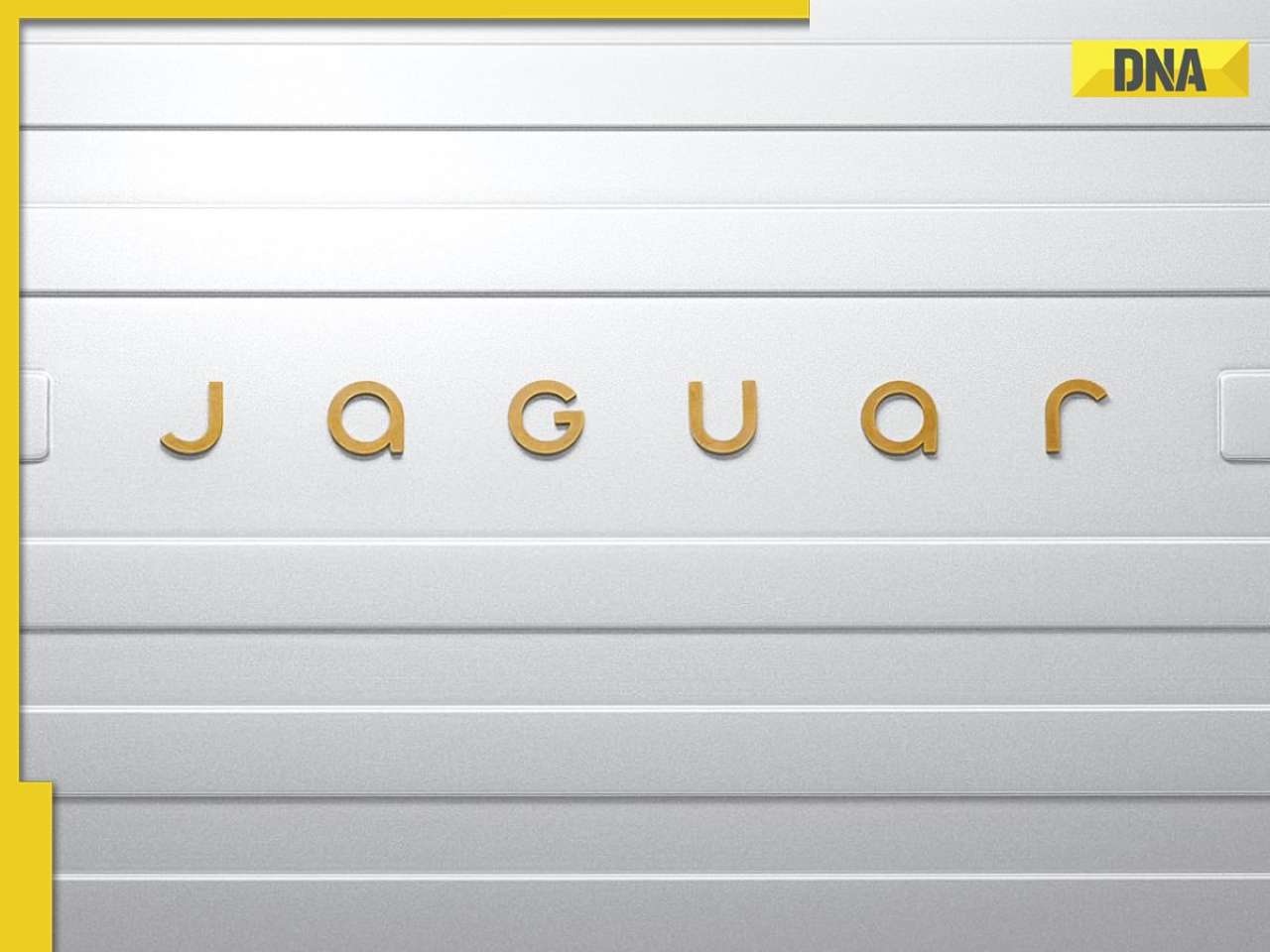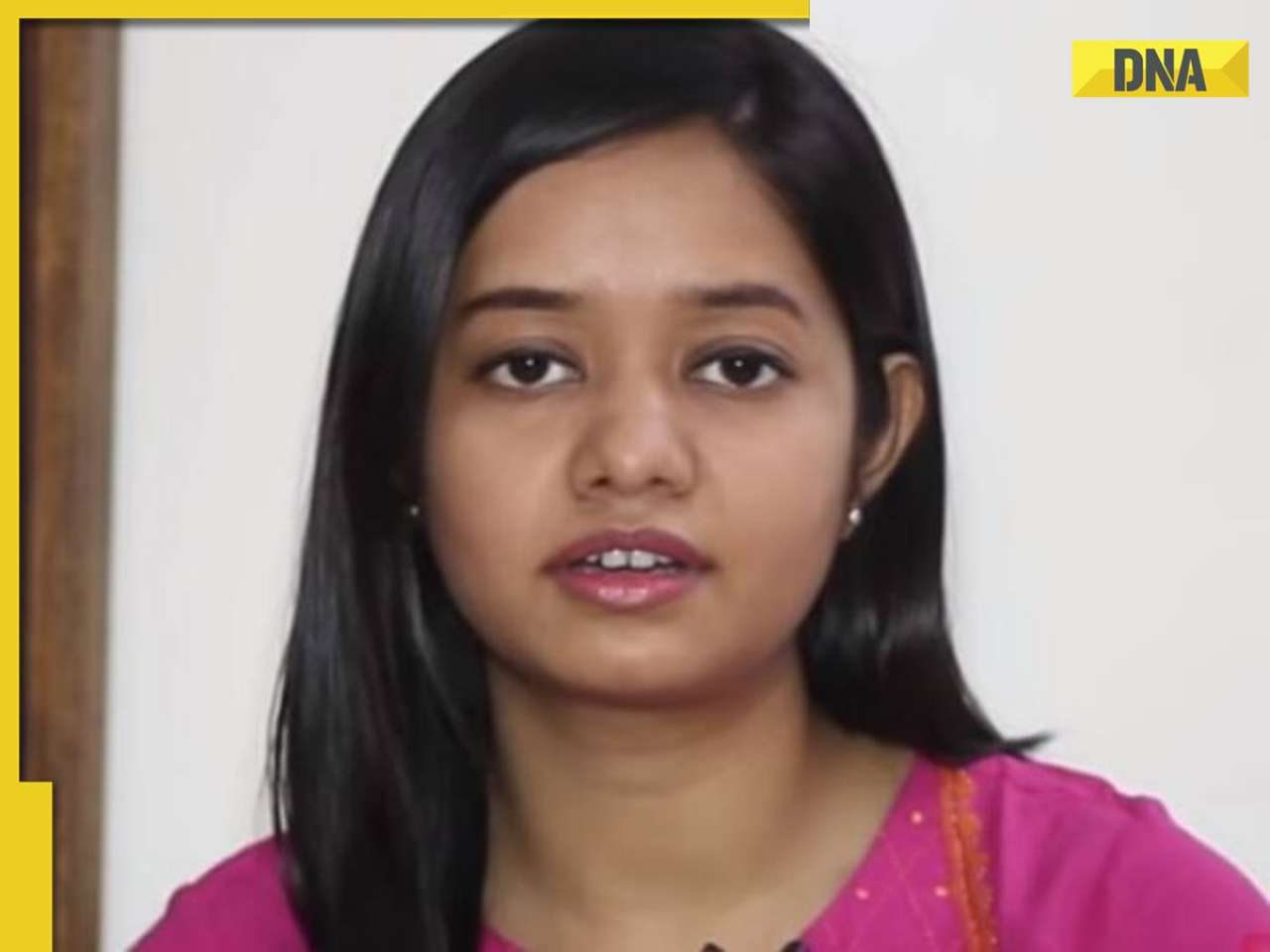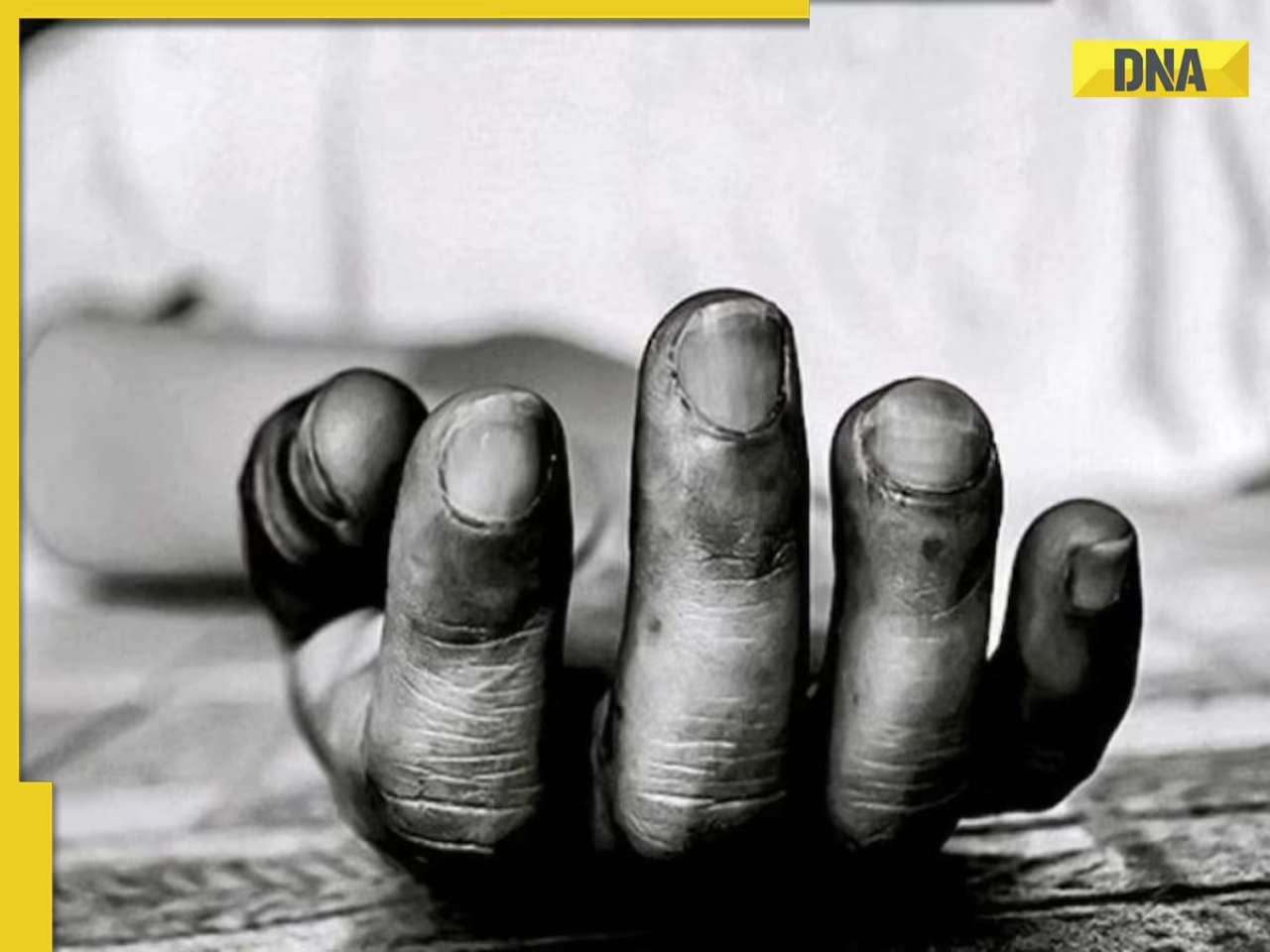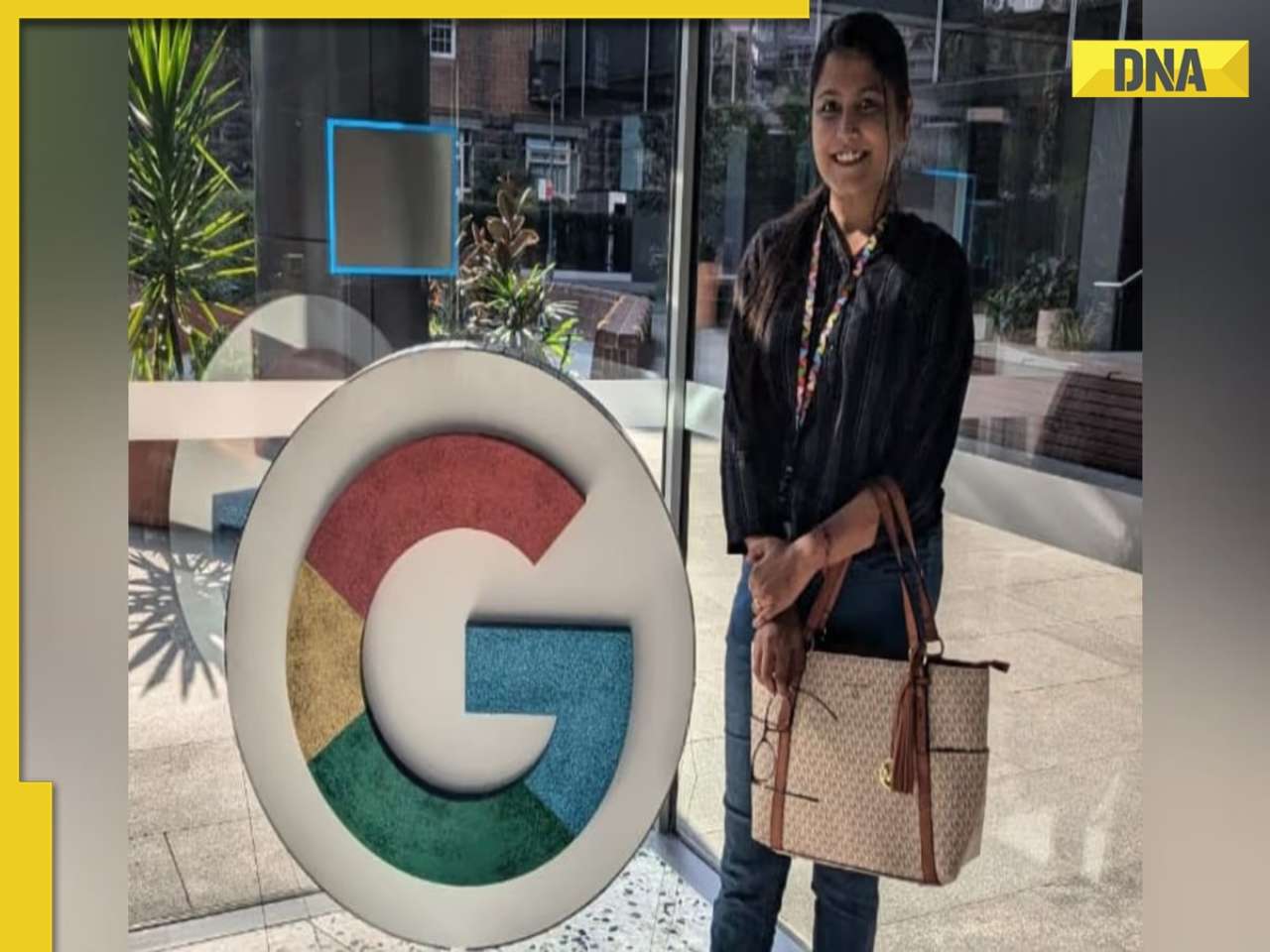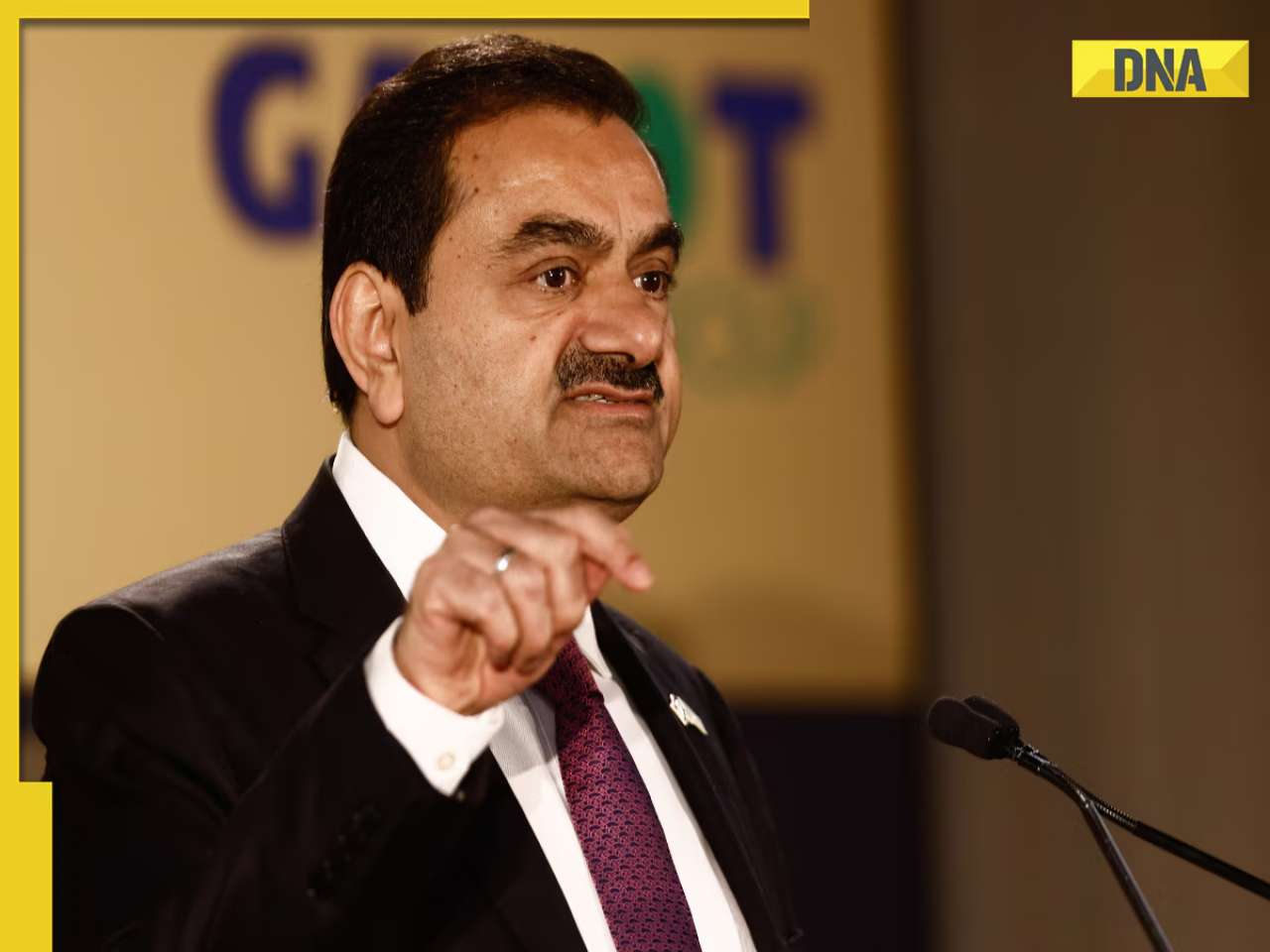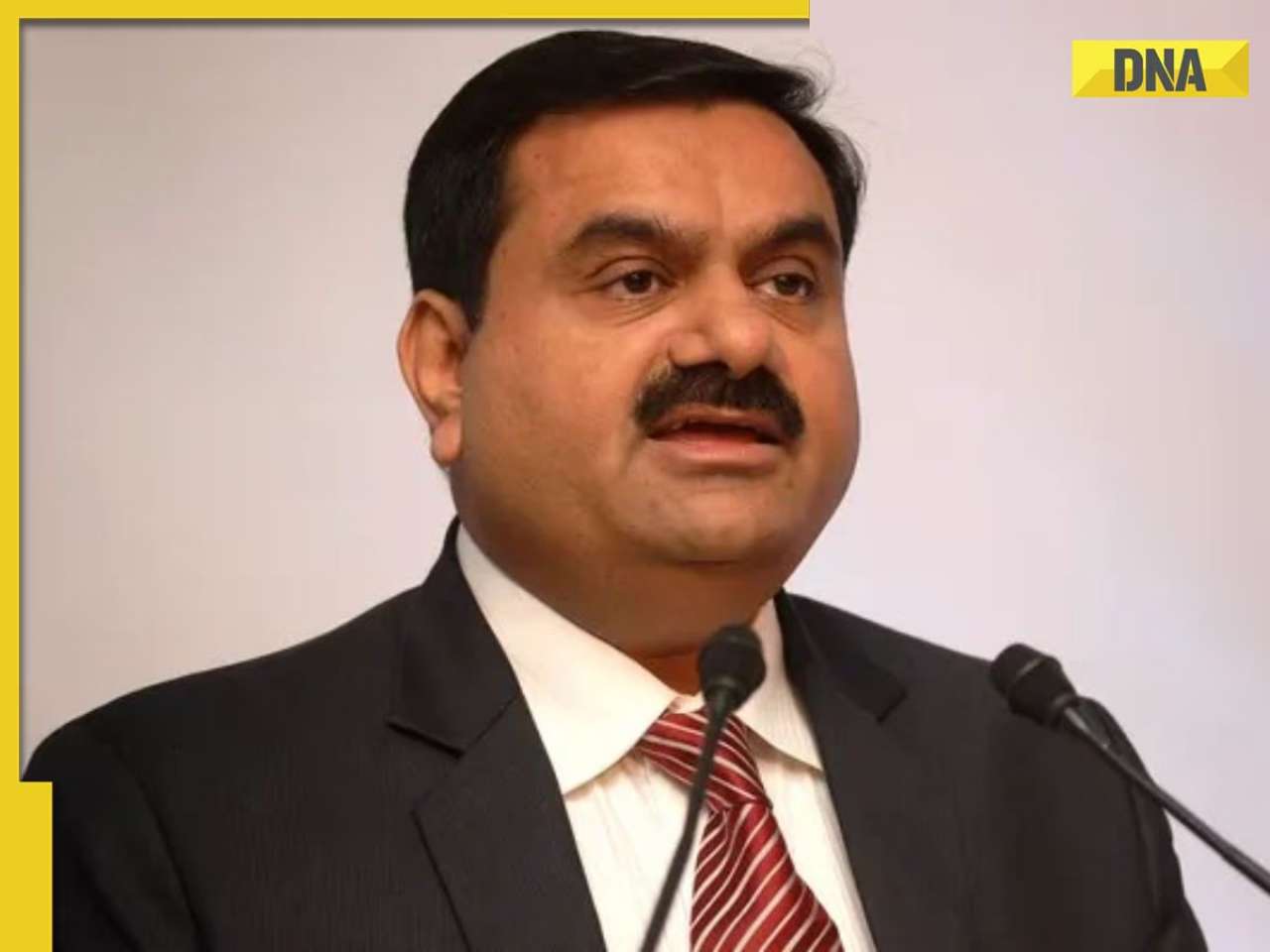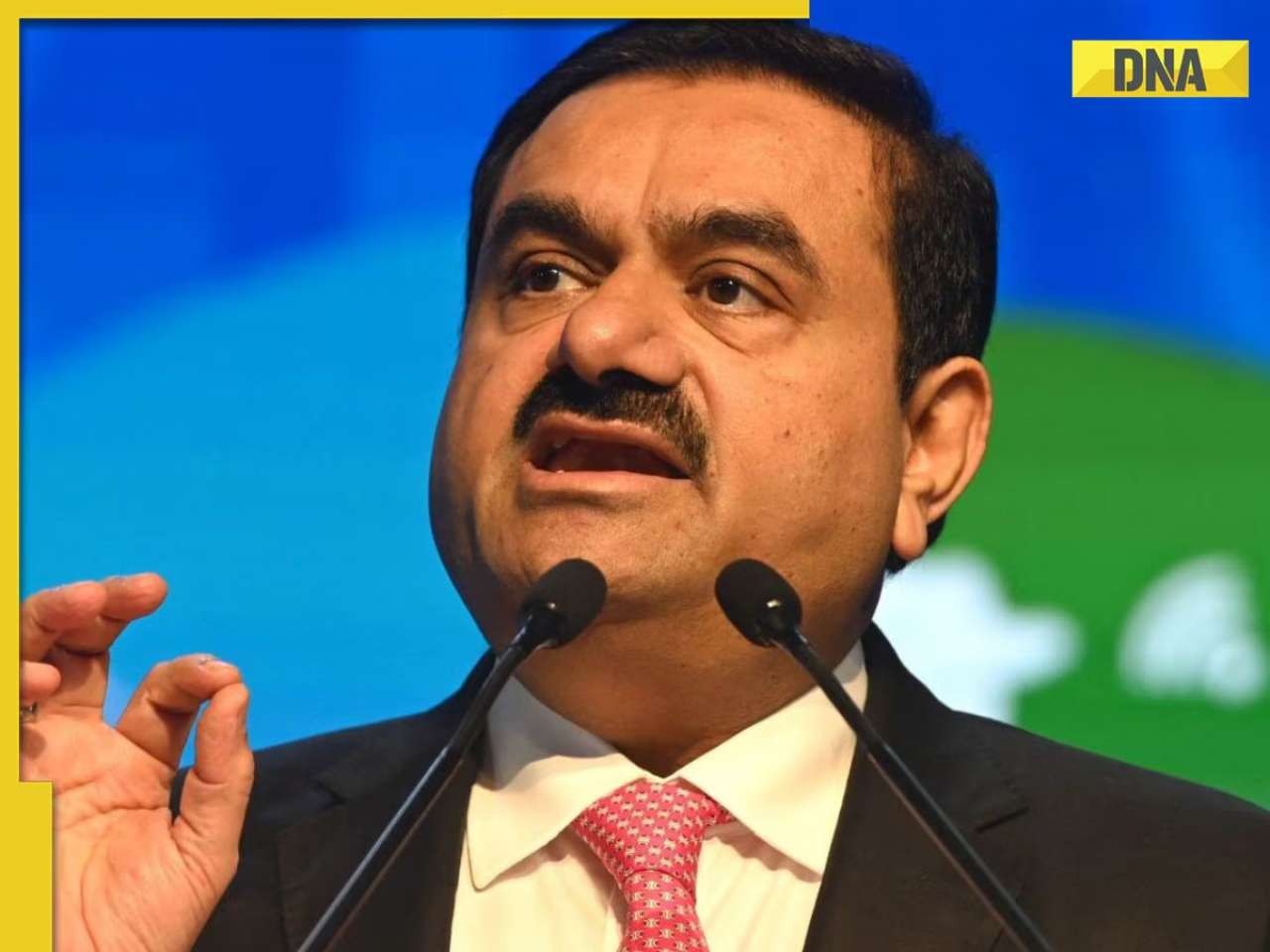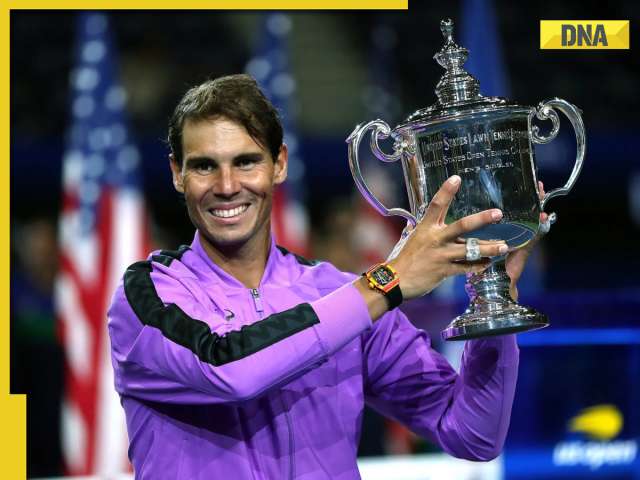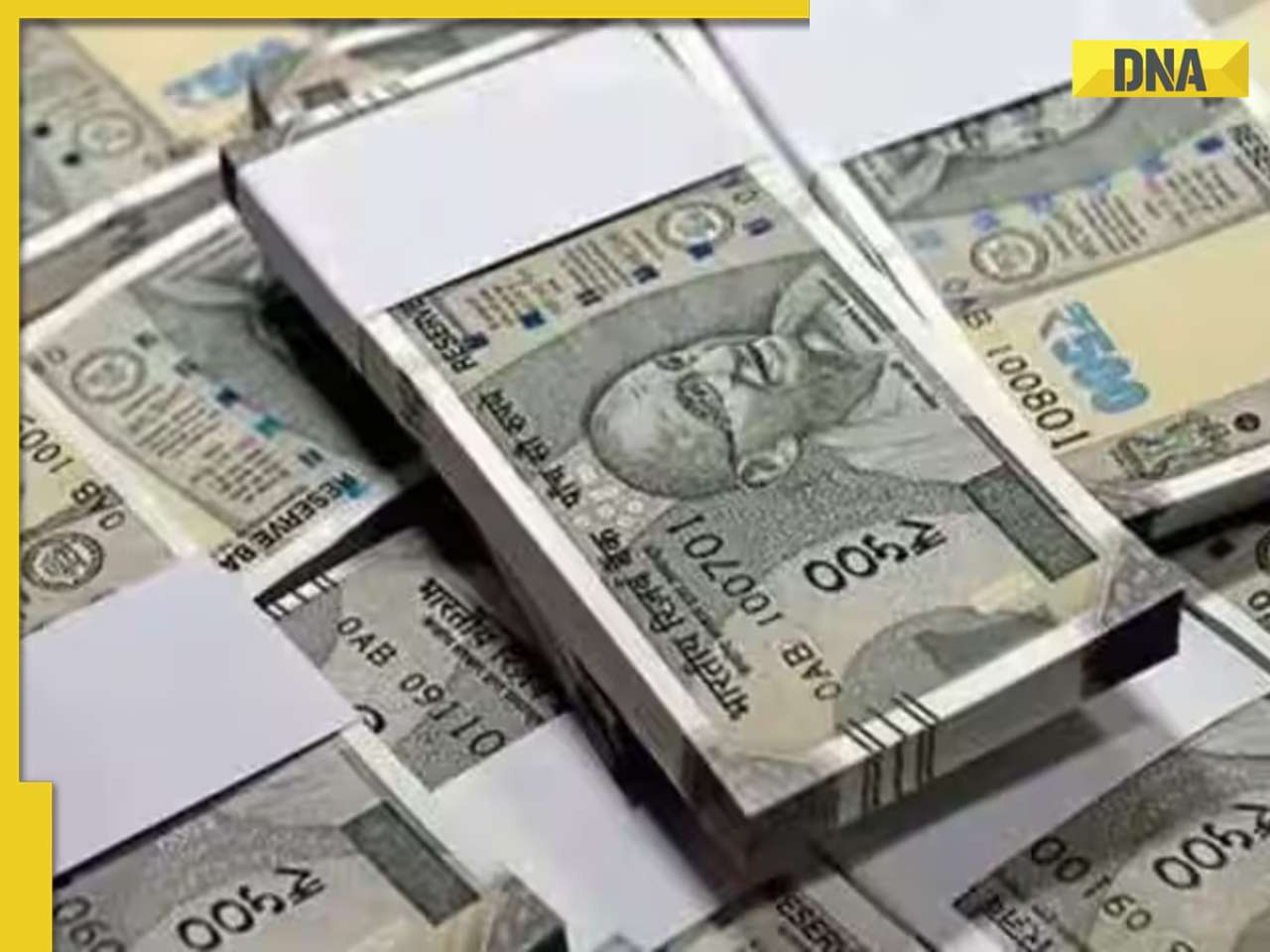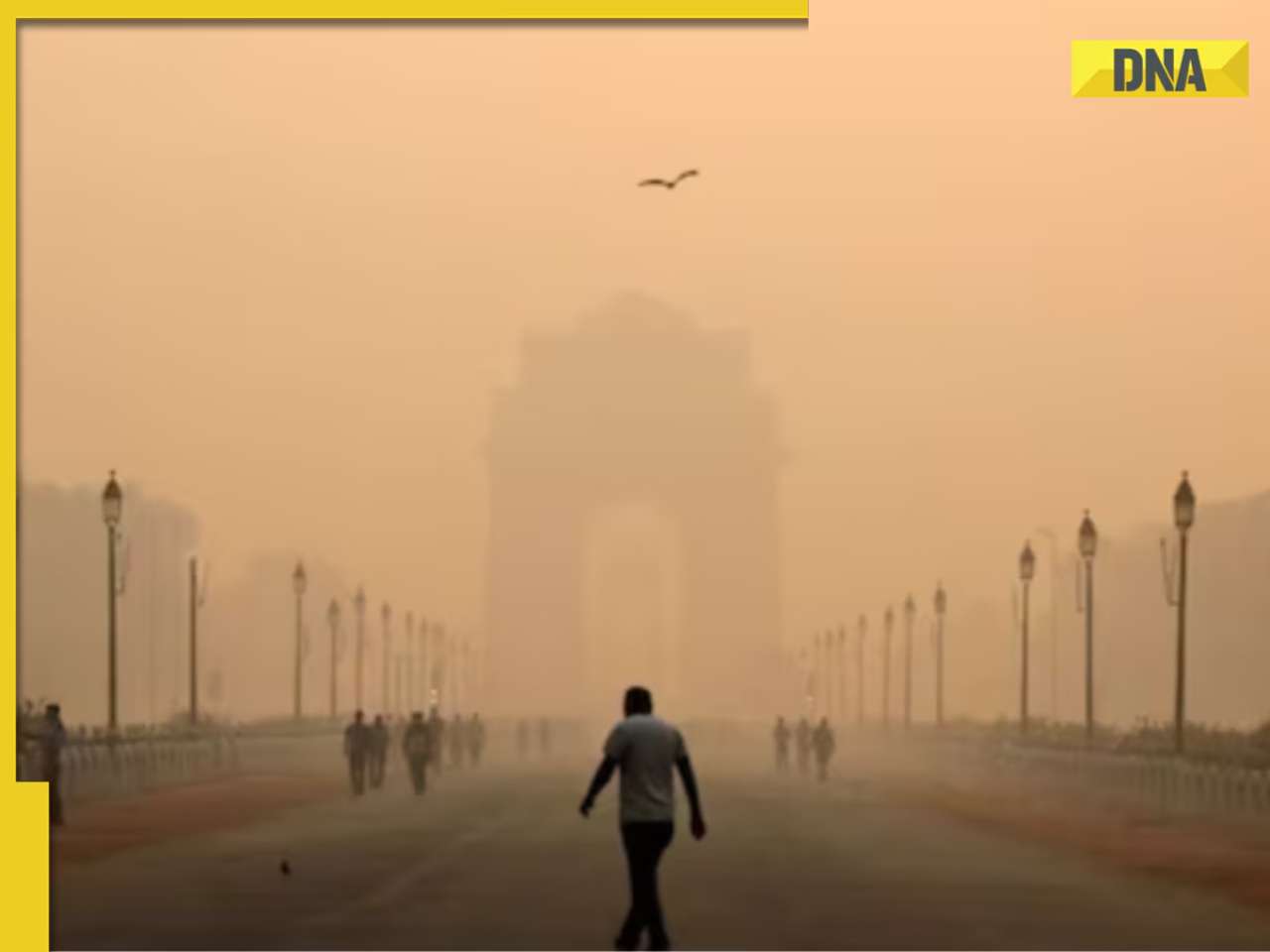- LATEST
- WEBSTORY
- TRENDING
BLOGS
Self-Reliant India: Google Comes Calling
Every global behemoth, be it Facebook, Samsung or Google, is scrambling to get a piece of the Indian pie, turmoil from the COVID pandemic notwithstanding, that speaks volumes about how deftly Modinomics has embraced the twin concepts of self-reliance and globalisation, writes Sanju Verma.
TRENDING NOW
China has long banned foreign companies that could compete with its domestic companies. Google, Facebook, Netflix, Bing, Twitter, Pinterest, and Quora are just a few of the companies that are not permitted to do business in China. That, coupled with trade wars, COVID-19, and a growing sense of China’s emergence as a reckless, expansionist and authoritarian regime, with scant regard for shared values in the global socio-economic order, have made it both easy and necessary to justify retaliatory measures against China.
That China is a totalitarian regime which oppresses many minorities (Uighur Muslims) and uses sophisticated technology to spy on its people and censors many topics, have only give more reason to countries like the USA and UK to ensure that companies like Huawei are either banned in some form or the other or their wings clipped for good, in these markets. India, on the other hand, is open for business and welcomes investment, as long as it does not lead to technological colonization. Prime Minister Modi's personal charisma and focus on transparency and a business-friendly environment, have only added to India's attractiveness as an investment destination. Modi's self-reliant India is based on the overriding concept of "Vocal for Local", without of course, undermining the need for foreign capital, where required, in calibrated doses.
Google's decision to invest $10bn in the next 5-7 years, via a digitisation fund, to accelerate the pace of "Digital India", is a vindication of Modinomics and its outward-looking model, based albeit on India's inward strengths and priorities, which form the essence of Aatmanirbhar Bharat. Google's fund will invest in four areas--
(1) Localization: Enabling affordable access and information for every Indian in their own language.
(2) Google and Alphabet products and services specifically built for India.
(3)Digital transformation: Helping businesses in India go digital first.
(4) Social good: Leveraging technology and AI for social good, in areas like health, education, and agriculture.
More recently, the decision by Foxconn, to invest over a billion dollars in India, to expand a factory in Sriperumbudur, near Chennai, where the Taiwanese contract manufacturer assembles Apple iPhones, is yet another example of how "Make in India" is making a self-reliant India, a welcome reality.
The move by Foxconn is part of a gradual production shift by Apple away from China, as it navigates disruptions emanating from a trade war between Beijing and Washington and the after-effects of the ongoing global onslaught by governments world over, against the coronavirus crisis, which has been China's doing. But above all, Foxconn's move resonates with Modi's unhinged and all-out efforts, to make India a manufacturing hub for global players, across a plethora of industries and sectors. Amidst all this, one can of course not forget Facebook's $5.7 billion investment, for a 9.99% stake in Jio in April 2020. Also, South Korean technology giant, Samsung, last Thursday said, it has started manufacturing smartwatches in India at its Noida facility as part of its 'Make in India' efforts, including a 4G-enabled smartwatch.
Again, take the case of drug firm Glenmark Pharmaceuticals, for example. It has cut the price of its antiviral drug Favipiravir, under the brand name FabiFlu, for the treatment of patients with mild to moderate COVID, by 27% to Rs 75 per tablet, from Rs 103. While Glenmark's success should be attributed to its research team and of course, the top management that has not shied away from investing in R&D, no company can become competitive without an enabling environment and it is here that the Modi government scores handsomely. Indian pharma companies in the last 6 years have taken on Big Pharma despite a confrontationist US FDA, which has been ready to slap Indian companies with Form 483, often on flimsy grounds.
That the concept of a self-reliant India has been at work, even during these challenging COVID stricken times, is amplified by the resilient performance of Hero MotoCorp, the world's largest two-wheeler manufacturer, which sold 4.5 lakh units in June 2020. Hero MotoCorp has managed to sell a total of 5.63 lakh units in the first quarter of FY 2020-21.
Turning a crisis into an opportunity is truly the hallmark of Modi's tested leadership skills. It was under the leadership of Prime Minister Narendra Modi, that India chose to bring in the biggest indirect tax reform, by implementing the Goods and Services Tax (GST), in July 2017. From an average tax rate of between 28-31%, in 2013, on most goods &services meant for daily and frequent consumption, post-GST, average tax rates have come down sharply to less than 18%, with over 90% items of mass usage taxed at either zero or 5% Barely 28 odd luxury items and "sin goods", like say aerated/caffeinated drinks and tobacco products, for instance, are taxed at the peak rate of 28%, today.
GST rollout has also cut down the number of forms to be filed by businesses to just 12 from almost 495, in the pre-GST era. Again, uniform 5% tax is levied for all restaurants, both air-conditioned and non-AC, since 2018, from an earlier, 12% GST levy on the food bill in non AC restaurants and 18%, in air-conditioned ones. Effectively speaking, contrary to what critics allege, while the erstwhile Congress-led UPA regime sat on the Kelkar committee recommendations for 10 long years, it was finally the Modi government which not only made GST a reality but ensured its seamless execution too, notwithstanding a few initial glitches. Consumers got an annual benefit of Rs 1 lakh crore due to GST in 2018-19. Also, with a compliance rate of over 70%, with over 13 million GST filers, suffice to say that GST has succeeded in its endeavour towards, replicating the "One nation, one tax", model.
Apart from GST, a destination based tax which clearly has been the single biggest indirect tax reform in the last seven decades, the Modi government also brought in sweeping changes in direct taxes. Speaking of direct taxes, "Budget 2020" ushered a new income tax slab regime with reduced rates for those foregoing 70 tax exemptions and deductions under a "new simplified tax regime". This new tax system that came into effect from April 1, 2020 is optional and will co-exist with the old tax regime, but is pathbreaking, as it gives the tax payer the freedom to choose and plan, his tax outgo and cash flows. Individuals with a net taxable income of up to Rs 5 lakh per annum will be able to avail tax rebate of Rs 12500 under section 87-A of the Income Tax Act in both, the existing and new, tax regimes. Effectively, this would mean that individual taxpayers with a net taxable income of up to Rs 5 lakh, will continue to pay zero tax in both tax regimes and, this is certainly a huge bonanza for many.
Of late, the recent 4.2% gross domestic product (GDP) print for the financial year 2019-20 for India, has reignited the Modinomics versus Manmohanomics debate. In particular, the GDP print of 3.1% for the March 2020 quarter, has provided fodder to idle minds who know nothing about economics, to start waxing eloquent on how things were much better, under an incompetent Congress. Well, the pleasant truth is, things are indeed, undeniably, much better today, versus what they were six years back. While the ignominy of a miserable 0.2% GDP growth for the March 2009 quarter belongs to the Congress, the highest GDP growth of 8.2% in fiscal 2016-17, belongs to the Modi government. Before proceeding further, it should also be noted that while India's GDP expanded in the March 2020 quarter, albeit by just 3.1%, most large global economies contracted during this quarter.
For instance, the USA posted negative growth of 4.8%, China recorded negative growth of 6.8%, Japan grew by minus 5.2% and Singapore& Germany by minus 2.2% each, during the March 2020 quarter. Eurozone contracted at its slowest pace since 1995, by 3.1% for the March quarter, year on year (yoy) and 3.6%, quarter on quarter (qoq). Indeed, this sharp slowdown globally in the March 2020 quarter, had little to do with the Coronavirus pandemic or the lockdown. The impact of the pandemic will be felt only in the coming few quarters. Equally, what Modi's critics and self-styled economists forget, is the fact that, since 2019, the world economy has been in a rather rough patch due to trade and tariff wars between the USA and China and the great "global auto slowdown", due to the mandatory transition to BS-VI emission norms. To single out India, which has weathered the storm far better than global counterparts, is therefore unacceptable.
Be it launching Rupay cards in Abu Dhabi and Bhutan, spearheading the international solar alliance (ISA), or powering the India story at BRICS and the Eastern Economic Forum in Vladivostok, Modinomics has perfected the subtle art of marrying international diplomacy, soft power and the attendant economic linkages. Modi's first term in office laid the solid groundwork--the first year of his second term has thereafter, decisively built on that strong foundation. Also, be it the world’s biggest healthcare scheme, "Ayushman Bharat", that has till date benefitted over 1 crore people, or the Rs 6,000 per annum income support scheme, under the "PM Kisan Yojana", that benefits over 14.5 crore small and marginal farmers, or the "PM Ujjwala Yojana" that gave free gas connections last year, to over 8 crore households, the Modi government has given last mile connectivity a whole new meaning.
Equally, the direct benefit transfer (DBT) scheme, which has till date, transferred a cumulative sum of Rs 8.91 lakh crore, akin to almost 4.5% of India's gross domestic product (GDP), showcases how Modinomics is both inclusive and democratic. The world’s largest food security scheme to provide free ration to more than 80 crore people, ie providing 5 kg free rice/wheat to each member of the family, along with providing 1 kg pulses /whole chana, to each family, per month, has made the entire world take notice. The number of people who are being provided free ration is, for instance, more than double the population of the United States of America. This is in many ways, a testimony to Prime Minister Modi's tremendous execution skills in putting to work, policies, to prevent them from becoming mere paper tigers.
In the first year of his second term, Modi's landmark steps have been many--the decision to implement Rs 102 lakh crore worth of infrastructure projects via the national infrastructure pipeline (NIP) , lowering employees’ state insurance act (ESIC) contribution from 6.5% to 4%, which benefits 3.6 crore employees and 12.85 lakh employers, a monthly pension of Rs 3,000 to small traders and shopkeepers in the unorganised sector after they attain 60 years of age under the "PM Shram Yogi Maandhan Yojana", bill to repeal 58 archaic laws including outdated labour laws and passing the "Code on Wages Bill" 2019, which will benefit over 500 million workers across the country, raising foreign portfolio investor (FPI) limits in corporate bonds from 9% of the outstanding stock to 15% and, opening up of specific government bond limits for non-resident investors, with the aim of carving out a roadmap for India’s inclusion in the emerging market (EM) bond index, have been notable.
Modi's misguided critics who have been quick to dismiss demonetisation would do well to know that the number of people paying an individual income tax of greater than Rs 1.5 lakh has increased from 13.8 lakh in AY13 to 34.9 lakh in AY19, reflecting how demonetisation dramatically improved tax compliance. As per National Payments Corporation of India (NPCI) data, February 2020 saw 132.32 crore UPI transactions totalling Rs 2.2 lakh crore, illustrating how demonetisation has also dramatically enhanced India's digital footprint. June 2020, replicated the success story of previous months, with 134 crore of UPI transactions, totalling a whopping Rs 2.62 lakh crore.
Clearly, in the last one year, Modi has shrugged away any form of incrementally. Big bang, sweeping reforms, have been the norm. Reduction in corporate tax rate from 30% to 22% and for new companies to 15%, 100% foreign direct investment (FDI) in coal mining and contract manufacturing, allowing private sector in commercial coal mining on a revenue sharing basis with no end use restrictions, 100% FDI via the automatic route in defence manufacturing, single brand retail and real estate broking services, corporatisation of Ordnance Factory board and of course, strengthening the insolvency and bankruptcy code (IBC) framework, by ring fencing new owners of bankrupt companies from criminal liabilities of erstwhile promoters, are measures that underpin, the essence of Modinomics.Decriminalising Sections 7, 9 and 10 of the IBC, to ensure defaults arising from the COVID pandemic are not penalised, are reflective of a government that means business but cares.
The Bank Nationalisation Act of 1969, a forgettable vestige of outdated Nehruvian socialism, has been a millstone for PSBs.By merging SBI, with its five associates and the "Bharatiya Mahila Bank" in 2017, Modi created a banking behemoth with an asset size of over Rs 41 lakh crore and over 370 million customers. The decision to thereafter consolidate 10 public sector banks (PSBs) into 4, starting April 2020 and more recently, allowing the private sector to enter into non-strategic areas, with not more than four PSUs in any given strategic sector and of course, the decision to privatise power distribution companies in union territories (UTs), are a reflection of how Modinomics is following the path of "Minimum Government, Maximum Governance".
More recently, "One nation one ration card", free food grain supply to migrants, creation of affordable rental housing complexes (ARHCs) in urban areas for migrants, Rs 90,000 crore support for cash starved power distribution companies, Rs 30,000 crore special liquidity scheme for non banking financial companies (NBFCs), housing finance companies (HFCs) and micro finance institutions (MFIs), Rs 3 lakh crore of collateral free loans to micro, small and medium enterprises (MSMEs) and liquidity support of Rs 6, 750 crore by bringing providend fund rate down from 12% to 10%, efforts to make India a global maintenance, research and overhaul (MRO) hub for aviation, throwing open 6 new airports via the public-private partnership (PPP) route to the private sector, changing the definition of MSMEs by including both investment and turnover related criteria, atomic energy reforms, allowing private sector in space exploration and to use indian space research organisation (ISRO's) facilities, reducing the benchmark Repo rate to 4%, the lowest in 20 years, Rs 2 lakh crore concessional credit for farmers and fishermen via Kisan Credit cards, throwing open 6 new airports for privatisation via the public-private partnership (PPP) route and decriminalising certain offences under the Companies Act, have been part of the Modi government's Rs 20.97 lakh crore, mega stimulus package, akin to a solid 10.48% of GDP. By further increasing the length of the "PM Garib Kalyan Anna Yojana" by an additional Rs 90,000 crore, till November 2020, the mega stimulus now effectively works out to 10.94% of India's GDP.
The Modi government has launched "Swayam Prabha", free-to-air education channels, which consists of a group of 32 DTH channels that provide educational content, to those who do not have access to the internet. The other component in the "PM eVIDYA" package is the "DIKSHA" portal (One Nation, One Digital Platform), which will provide quality educational content to researchers and students.
Modi's critics have often accused him of being majoritarian--an allegation, however, which is absolutely baseless. For example, over Rs 5, 029 crore has been separately allocated for minorities, with over 80 lakh students from minority groups being provided pre-matric, post-matric and other "merit cum means" oriented scholarships. One lakh youth from minority communities are being given specialised training in various skill sets. Again, no one can accuse Modi government of being partisan, by neglecting any particular geography. The North-East, which suffered heavily under previous Congress-led or leftist regimes, is thriving today.
A 1656 km long gas pipeline is being laid to put this region onto India's hydrocarbon map. Also, the Agartala-Akhaura rail line, will for the first time ever, connect India and Bangladesh, via a rail route, besides of course, drastically reducing the rail commute time between Kolkata and Agartala from over 38 hours to less than 15 hours. Speaking of railways, 5181 km of railway track has been renewed, over 1367 bridges renovated and more than 1274 manned crossings eliminated, in the recent past.
Modinomics, among other things, has been very gender-sensitive too, with over Rs 4.78 lakh crore worth of loans given to women borrowers alone, under the MUDRA scheme. While addressing the Indian Chambers of Commerce (ICC) at its 95th annual plenary session on June 11, 2020, Prime Minister Modi focussed on the importance of families, which are the very core of "Aatmanirbhar Bharat" and underlined the relevance of a people-centric, people driven and a planet friendly approach. Marrying economics with environment friendliness is never easy due to the natural conflict involved.
However, under Modi, India has managed this conflict seamlessly. For instance, as of March 31, 2020, the country’s total installed power capacity stood at about 372 GW. Of this, the installed power capacity from renewable sources (including large hydro) accounted for about 134.7 GW, or 36.21% of the overall power capacity. This is a huge development, in reducing carbon footprint, without sacrificing growth. Don't forget that when Modi initially took charge in May 2014, renewable sources barely accounted for 5% of the installed capacity, under an utterly incompetent and lethargic Congress. Again, within renewables, solar installations account for about 27.2% of the overall renewable capacity, today, in India. The LED bulb revolution, made popular by Indian families, which saves anywhere between a good Rs 19,000 crore--Rs 24,000 crore annually, is another great example of how Modinomics is participative. These bulbs used to cost Rs 300-450 per piece in 2013, but are now available at between just Rs 34-50, per unit.
That Modinomics is not isolationist like Nehru's decadent, Mahalanobis model, is evident from the Rs 43, 574 crore investment by Facebook, in Reliance Jio, the largest FDI into India, in the technology sector, ever. Equally, the clarion call of "Vocal for local" by Prime Minister Narendra Modi, is best amplified by the unprecedented decision to amend the "Essential Commodities Act" of 1955, yet another Nehruvian relic, well past its expiry date, to ensure deregulation of prices for food stuff including cereals, edible oils, oilseeds, pulses, onions, and potatoes. Also, allowing farmers in contract farming and defanging the agricultural produce marketing committee (APMC) structure, will give “adequate choices” to farmers to sell their produce at attractive prices, either via barrier free, inter-state trade, or via e-trading, besides of course ending trade cartelisation by middlemen and ensuring assured returns, quality and standardisation to India's "Annadaata".
Coming back to COVID-19, unarguably, it has delivered an enormous global shock, leading to steep recessions in many countries. The baseline forecast by the World Bank envisions a 5.2% contraction in global GDP in 2020, which could even be as severe as an 8% contraction as per many global experts—the deepest global recession in decades, by far. Per capita incomes in most emerging and developing economies will shrink this year. The pandemic highlights the urgent need for policy action to cushion its consequences, protect vulnerable populations, and improve countries’ capacity to cope with similar future events.
It is true that like the rest of the globe, India too will slowdown, with the World Bank predicting a 3.2% GDP contraction for India in 2020-21, while forecasting a much larger 5.2% contraction in world GDP and an even bigger 7% contraction for advanced economies. Economic damage arising from the Coronavirus pandemic has spared no one. Hence, Modi's misguided critics, who have been unfairly single-ing out India, have completely lost the plot. For instance, in Singapore, in the June 2020 quarter, manufacturing plunged 23.1%, compared with growth of 45.5% in the previous three months.Construction plummeted 95.6%.Services shrank 37.7% with airlines, hotels and restaurants taking a huge hit.
Amidst the global mayhem, Fitch says India's recovery will be dramatic and its GDP will grow by a solid 8% in 2021-22, while S&P says, India's growth will be the sharpest, at 8.5% in 2021-22. In effect, India's fall will be relatively slower, but its recovery next year will be relatively far stronger than almost every major global economy.
Unarguably, in the case of Prime Minister Narendra Modi, the last one year has been extraordinary for the sheer number of opportunities that were seized, to create new milestones, in making India self-reliant. India trumped France in 2019 to become the 6th largest and then yet again surpassed the United Kingdom in early 2020, to become the world's 5th largest economy. The Prime Minister, at the recent ICC address, quoted Swami Vivekananda, who decades back had urged Indians, to "use their own produce and get markets for Indian art ware in other countries". The PM went on to say how the path shown by Swami Vivekananda is an inspiration for India in the post-COVID world. Indeed, as geopolitical equations recalibrate, India, with a forex war chest of over $500 billion, next only to China and Japan, has shown to the world, why it deserves to enjoy pole position, in more ways than one. Modinomics, with the right degree of fortitude and unputdownable resilience, has indeed, consummately blended, the 3 Ps--people, planet and profits.
Post the India-China stand-off at Galwan, Modi's clarion call of "Aatmanirbhar Bharat", has attained an even wider and broader dimension and, rightfully so. Last week, "Mitron" is said to have crossed 25 million downloads whereas "Chingari", seems to be catching up fast with over 15 million downloads, on Play Store, with keen interest being shown by investors like Nexus Ventures and AngelList, in these homegrown apps.
India has emerged as a profitable destination for desi companies after the Modi government banned 59 China-linked apps, including TikTok.Since Chinese companies aren’t allowed to graze in the world’s largest download farm anymore, it opens up a large opportunity for companies such as Roposo, Chingari, Trell, Mitron, TikTik, MX TakaTak and Moj among others. Clearly, in Modi's model of a self-reliant India, national interest is paramount.
The route to self-reliance is based on energy security and Modi knows that better than most. That being the case, the 750- megawatt Rewa solar Power Plant in Madhya Pradesh, which was dedicated to the nation by Prime Minister Narendra Modi on July 10, 2020, consists of three solar power generating units that are located on a 500-hectare plot of land inside a 1590 hectare solar park, making it amongst the largest single-site solar plants &projects in India and worlwide, too.
The 2245 MW Bhadla photovoltaic solar park at Jodhpur in Rajasthan and, the 2050 MW solar park at Pavagada in Karnataka, are solar parks and not solar plants.It is a pity that India's clueless opposition, misled by an equally rudderless Congress, which cannot even differentiate between a solar plant and a solar park, had the audacity to create confusion in the minds of people about the Rewa plant's status, in the pecking order. Apart from a $440 million funding from the World Bank's sister arm, the International Finance Corporation ( IFC) and its sheer size and scale, the Rewa solar plant, is the first one to be coming up via the reverse bidding, auction route, testifying India's self-reliance model, in the area of energy security.
Last but not the least, coming back to COVID, India now produces over 4.5 lakh Personal Protective Equipment (PPE) suits daily, and over 600 companies in the country are certified to manufacture PPEs.Government data states that India has a buffer about 15.96 lakh PPE kits and orders for another 2.22 crore have been placed. The "Invest India" report, which has documented the PPE industry in India, states that the global PPE kits' market is now worth $52 billion and expected to be over $ 92 billion in 2025, and India, which alone is a Rs 7,000-crore ( just a tad lower than $1 billion) market, is slated to see a quantum jump, going forward. India was never into manufacturing medical textiles, including PPE kits; this was completely owned by China. However, China's poor quality PPE kits, have been its undoing.
From being a net importer in March 2020, producing barely 8000 PPE kits daily, to producing over 4.5 lakh kits daily and becoming the world's 2nd largest PPE kit manufacturer, India has shown to the world that when the going gets tough, the tough get going. Suffice to conclude by saying that, if every global behemoth, be it Facebook, Samsung or Google, are scrambling to get a piece of the Indian pie, turmoil from the COVID pandemic notwithstanding, that speaks volumes about how deftly Modinomics has embraced the twin concepts of self-reliance and globalisation, albeit with a local flavour.
Ms Sanju Verma is an Economist, Chief Spokesperson for BJP Mumbai & Author of the Bestseller, "Truth&Dare--The Modi Dynamic"
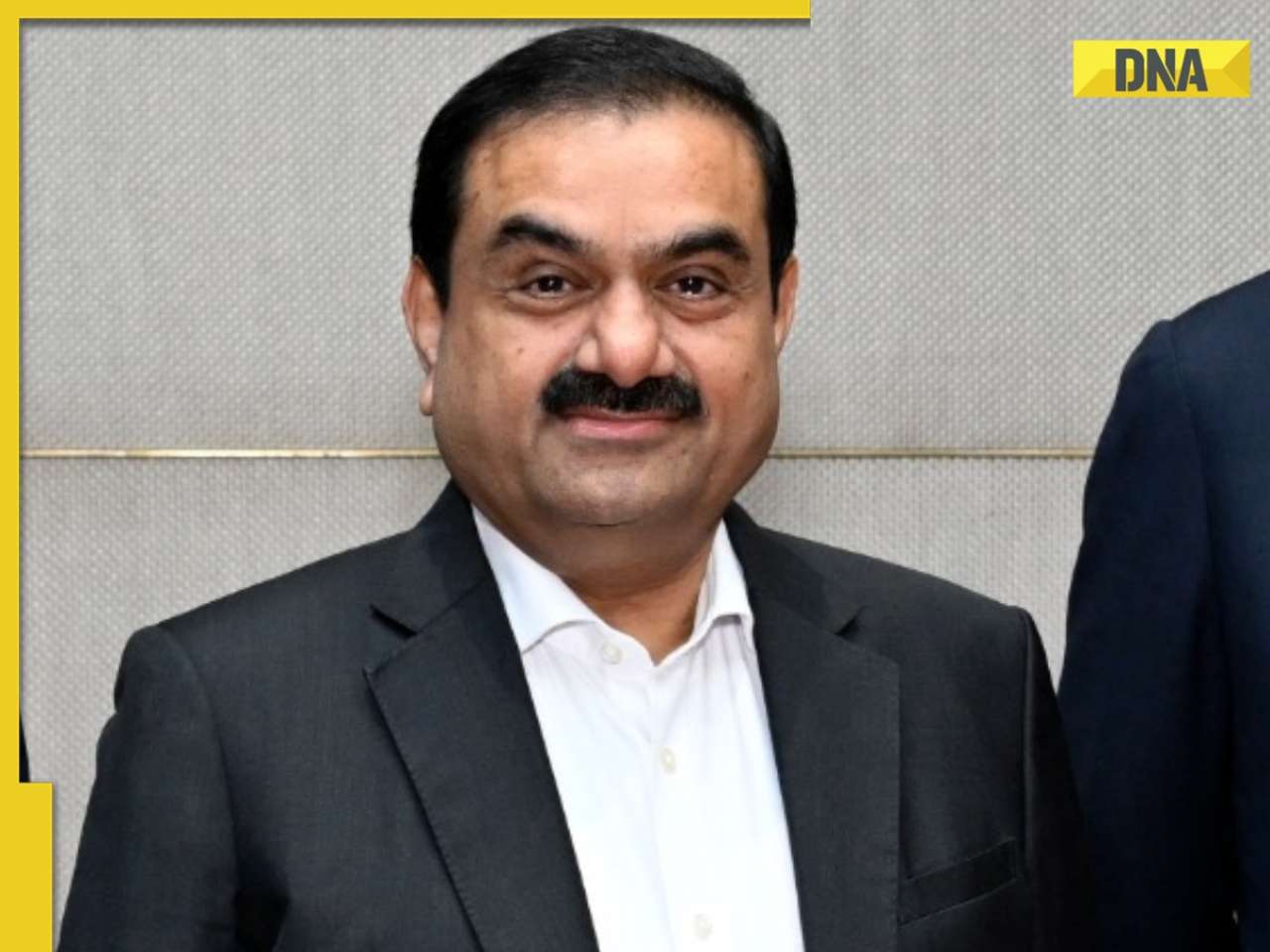




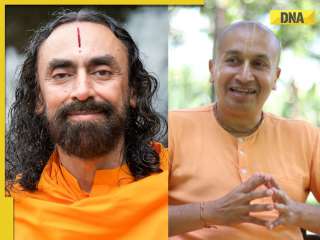

)
)
)
)
)
)
)
)
)
)
)
)
)
)
)
)








